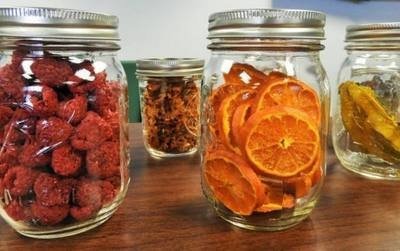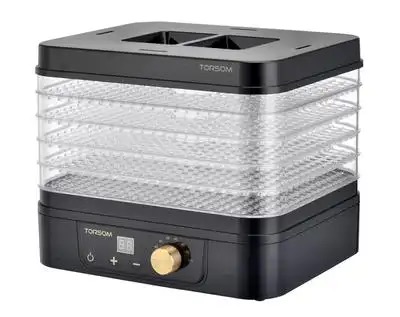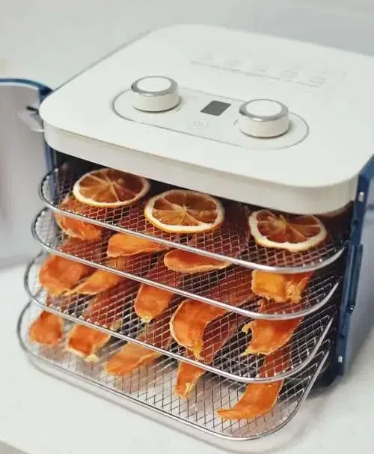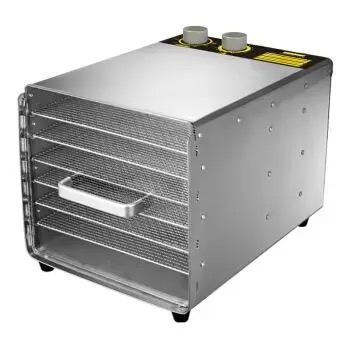
Content Menu
● Introduction
● Understanding Food Drying
● Types of Food Drying Machines
>> Heat Pump Dryers
>> Conventional Dehydrators
>> Microwave Drying
>> Air Drying
● Heat Pump Dryers: A Closer Look
● Applications of Food Drying Machines
>> Commercial Settings
>> Home Applications
● Choosing the Right Food Drying Machine
>> Capacity
>> Energy Consumption
>> Cost
● Future Trends in Food Drying Technology
● Conclusion
● FAQs
>> 1. What are the benefits of using a heat pump dryer for food?
>> 2. How does food drying affect nutritional value?
>> 3. What types of foods can be dried using these machines?
>> 4. How do I maintain my food drying machine?
>> 5. Are there any safety concerns with food drying?
Introduction
Food drying is a crucial method for preserving food, extending its shelf life, and maintaining its nutritional value. With the advancement of technology, food drying machines have evolved significantly, particularly with the introduction of heat pump technology. This article explores the various types of food drying machines, focusing on heat pump dryers, their applications, and the future of food drying technology.

Understanding Food Drying
Food drying is the process of removing moisture from food to inhibit the growth of bacteria, yeasts, and molds. Historically, drying was done using natural sunlight or air, but modern methods have introduced machines that provide controlled environments for optimal drying. This evolution has made food drying more efficient and reliable.
Types of Food Drying Machines
There are several types of food drying machines available today, each with its unique technology and applications:
Heat Pump Dryers
These machines use heat pump technology to recycle heat, making them energy-efficient. They operate at lower temperatures, which helps preserve the nutritional quality of the food.
Conventional Dehydrators
These machines typically use heating elements to dry food. They are effective but can consume more energy compared to heat pump dryers.
Microwave Drying
This method uses microwave radiation to remove moisture quickly. It is suitable for small batches but may not be as effective for large-scale operations.
Air Drying
A traditional method that relies on natural airflow. While it is energy-efficient, it is also time-consuming and less reliable in terms of food safety.
Each method has its advantages and is suitable for different applications, from home use to large-scale commercial operations.

Heat Pump Dryers: A Closer Look
Heat pump dryers are revolutionizing the food drying industry. They work by extracting moisture from the food and recycling the heat generated during the process. This not only reduces energy consumption but also allows for a more gentle drying process, preserving the food's flavor and nutrients.
One of the significant advantages of heat pump dryers is their energy efficiency. They can use up to 50% less energy than conventional dehydrators, making them a cost-effective choice for both commercial and home users. Additionally, they can operate in various environments, making them versatile for different drying needs.
Applications of Food Drying Machines
Food drying machines are widely used in various sectors:
Commercial Settings
Restaurants and food manufacturers utilize these machines to create dried fruits, vegetables, and meats, which are essential for their menus and product lines.
Home Applications
Consumers are increasingly using food dehydrators to preserve seasonal fruits and vegetables, create healthy snacks, and reduce food waste.
For example, a heat pump dryer can efficiently dry apples, creating delicious apple chips that retain their nutritional value.
Choosing the Right Food Drying Machine
When selecting a food drying machine, several factors should be considered:
Capacity
Depending on your needs, choose a machine that can handle the volume of food you plan to dry.
Energy Consumption
Look for energy-efficient models, especially if you plan to use the machine frequently.
Cost
While heat pump dryers may have a higher upfront cost, their energy savings can make them more economical in the long run.
Future Trends in Food Drying Technology
The future of food drying technology is promising, with ongoing innovations aimed at improving efficiency and sustainability. Manufacturers are focusing on developing machines that use less energy and have a smaller environmental footprint. Additionally, advancements in automation and smart technology are making it easier for users to monitor and control the drying process.
Conclusion
Food drying is an essential process for preserving food and enhancing its shelf life. With the advent of heat pump technology, food drying machines have become more efficient and user-friendly. As technology continues to evolve, we can expect even more innovative solutions that will benefit both consumers and the food industry.

FAQs
1. What are the benefits of using a heat pump dryer for food?
Heat pump dryers are energy-efficient, preserve nutritional value, and provide a controlled drying environment.
2. How does food drying affect nutritional value?
Proper drying methods can retain most of the food's nutrients, especially when using lower temperatures like those in heat pump dryers.
3. What types of foods can be dried using these machines?
A wide variety of foods can be dried, including fruits, vegetables, herbs, and meats.
4. How do I maintain my food drying machine?
Regular cleaning of trays and ensuring proper airflow are essential for maintaining your machine's efficiency.
5. Are there any safety concerns with food drying?
It's crucial to follow guidelines for drying times and temperatures to prevent spoilage and ensure food safety.












